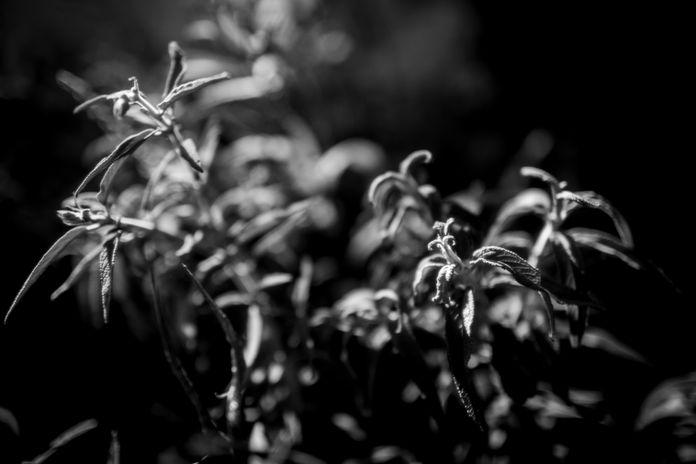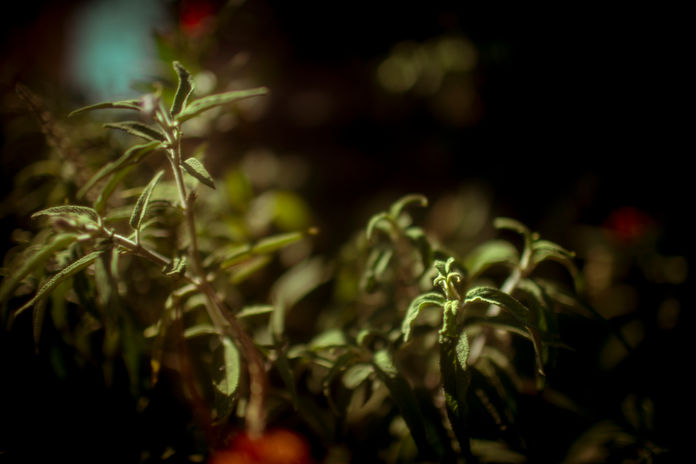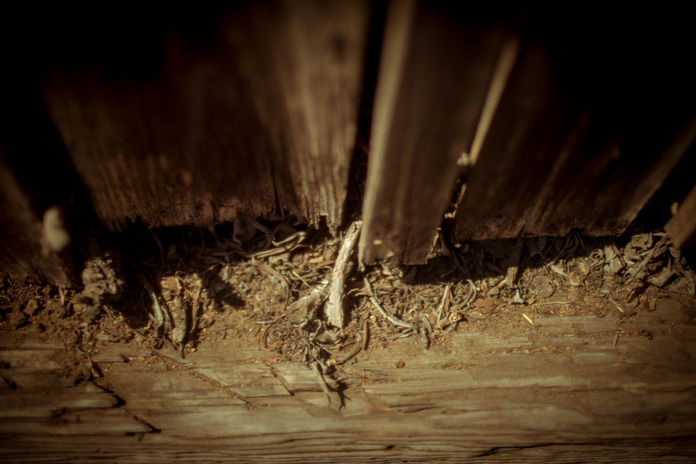THAïS CASTRALLI
CINEMATOGRAPHER
Dior #10 Net Filter
Schneider net filter test
DIOR & DIFFUSION
- the Classic Hollywood look: lens filtration with stockings -
Diffusion with nets has always been of my interest. The decision to test more colors, fabrics and brands happened before I came to the cinematography program at the American Film Institute in Los Angeles. When I arrived in the U.S. I started my quest for the rare, no longer manufactured, 100% silk Dior #10 black stocking. I considered finding my Holy Graal of stockings to be as easy as all other pieces of equipment I always dreamt of testing in here. I knew that coming to Hollywood would give me access to lenses and specialty gear that I would have never been able to find in my home of São Paulo, Brazil, or in South America, for that matter. However, in the search for this specific stocking I learned that by law all imported stockings must have a fire retardant layer for retail inside U.S. soil. In other words, all stockings that entered the country received a semi glossy coating. Although stockings with glossy finishes have been used in photography as well, I looked for a net with no shimmer to interact with light coming from the lens and hitting film or sensor plane. That I had to turn my attention to Europe.
Dior produced batches of that stocking in France and England. My first attempt was to research private owners in France, thanks to a Q&A at the American Film Institute with director of Photography Seamus McGarvey, ASC, BSC. I was always mesmerized by the look he created using that net on top of the rear element of cinema lenses for the first act of Atonement (2007) and for the entirety of Anna Karenina (2012). He explained his AC found bags of Dior #10 in Paris. What I came to discover later was that those packs came originally from London. Even though Dior produced the exact silk black stocking I was after for so long in France, it applied a slight sheer even to the opaque batches and focus more on the glossy option to better appeal to the French market.
Finally, I had only one place to turn my attention to: England. from there came my single pack of unopened matte Dior #10 black silk stocking. While Dior also released other colors that were employed by photographers and cinematographers as well - like blue, white and taupe -, the black one net guarantees effective filtration with no lifted blacks and maintaining closer contrast to the clear image; controlled glow in the highlights, with a characteristic blooming look; and preservation of skin tones and overall color saturation. But, once again, the opaque net should be used for no aberrations to the desired effects.
Therefore, supposedly, the British batch of legitimacy opaque stockings would be the optimal filtration device to be used on the back of a lens.
I was excited to put my long desired net to use. But as it would be expected, even with the most economy-conscious and careful handle of the silk while applying it to the top of a lens back element, the amount of stocking dropped due to the wear and tear of the delicate material. For each project, a full set of lenses would have to be covered in order to keep up with a fast paced set dynamic. At that speed, soon the one single pack of stocking would be gone.
Photographers and cinematographers had been using nets for years, and I was intrigued by certain techniques of preserving materials. Many would stretch them up onto frames or straight at filter trays for camera matte boxes. This time, they were being placed in front of the lens. First, I was curious about how much difference in the diffusion effect would be notice when changing the positioning of the net; second, I wondered what would be the life expectancy of the fabric once attached to the frame.
My partner, Craig Boydston, who experienced first hand the search for the Dior #10, agreed with my enquiries and considered that the safest way to manipulate the net would be if placed inside glass - as a filter. Nevertheless producing a circular smaller filter to be attached to the back portion of the lens, or sit in front of the sensor would require adjustment of back focus
or use of particular lenses and cameras. The production of a square or rectangular net filter to fit a matte box, on the other hand, seemed like an easier and more practical solution to the handling and preservation problem.
Craig contacted Schneider Optics NY. He took his idea to Mr. Ron Engvaldsen, and a series of tests were made possible. Ron created the first 4x5.6 net filters for us from thicker nylon stockings with the usual fire retardant layer that I sent in. They were a success! So it was time to send in the real deal. The piece of Dior #10 delivered to Ron resulted in a set of three net filters stretched slightly more or less for different degrees of diffusion effect.
Thanks to Mr. Engvaldsen, Craig Boydston and Schneider Optics the single piece of Dior #10 is still in use today, not only for cinematography but for still photography as well.


Comparison
clear
FILTER
















